More than 40% of Americans — over 137 million people — live in areas with unhealthy levels of outdoor air pollution. Communities with poor air quality are predominantly found in the Western U.S. and in underserved areas. Utah exemplifies these air quality challenges. It periodically experiences the worst air quality in the U.S.; yet state-run monitoring stations are sparse. Over one half of Utah’s counties have no regulatory monitors and receive no air quality forecasts. Children and student athletes are particularly vulnerable to unhealthy air because their lungs are developing, and they have more rapid breathing rates. Consequently, individuals making decisions about youth activities lack adequate resources to protect these vulnerable individuals from air quality hazards.
A team of University of Utah researchers including Dr. Kerry Kelly (PI) and Heather Holmes (coPI) (Chemical Engineering), Dr. Derek Mallia (coPI) (Atmospheric Sciences), Dr. Ross Whitaker (School of Computing), Dr. Sara Yeo (coPI) (Communications), and Dr. Nancy Daher (Family & Preventive Medicine) are working to address this critical lack of information by working closely with high school athletic trainers, physicians, physical education instructors, the Utah High School Activities Association, the Utah State Board of Education, the Parent Teachers Association, and the State Health Department. The team is:
- Deploying cost-effective air quality sensors on 40 athletic fields and in 20 Pre-K schools in Utah, with an emphasis on rural and underserved areas.
- Developing high-resolution (12-km horizontal resolution, hourly) automated numerical forecasts of air pollution hazards, specifically for wintertime inversions, wildfire smoke, ozone, and dust events. The numerical models are optimized for pollutant transport in mountainous regions to improve the air quality modeling capabilities in the Western U.S.
- Developing an engaging user interface, co-developed with our civic partners to provide critical information to decision makers.
- Co-developing uniform guidelines across the state of Utah that protect youth in a way that is operationally sound.
Click here to see how we are working with athletic trainers to help protect youth athletes.
To register for webinar for indoor air quality and early childhood educators, click here.
Project website: Click here
Real-time air quality information: Click here and here
For more information, please contact Kerry Kelly.
